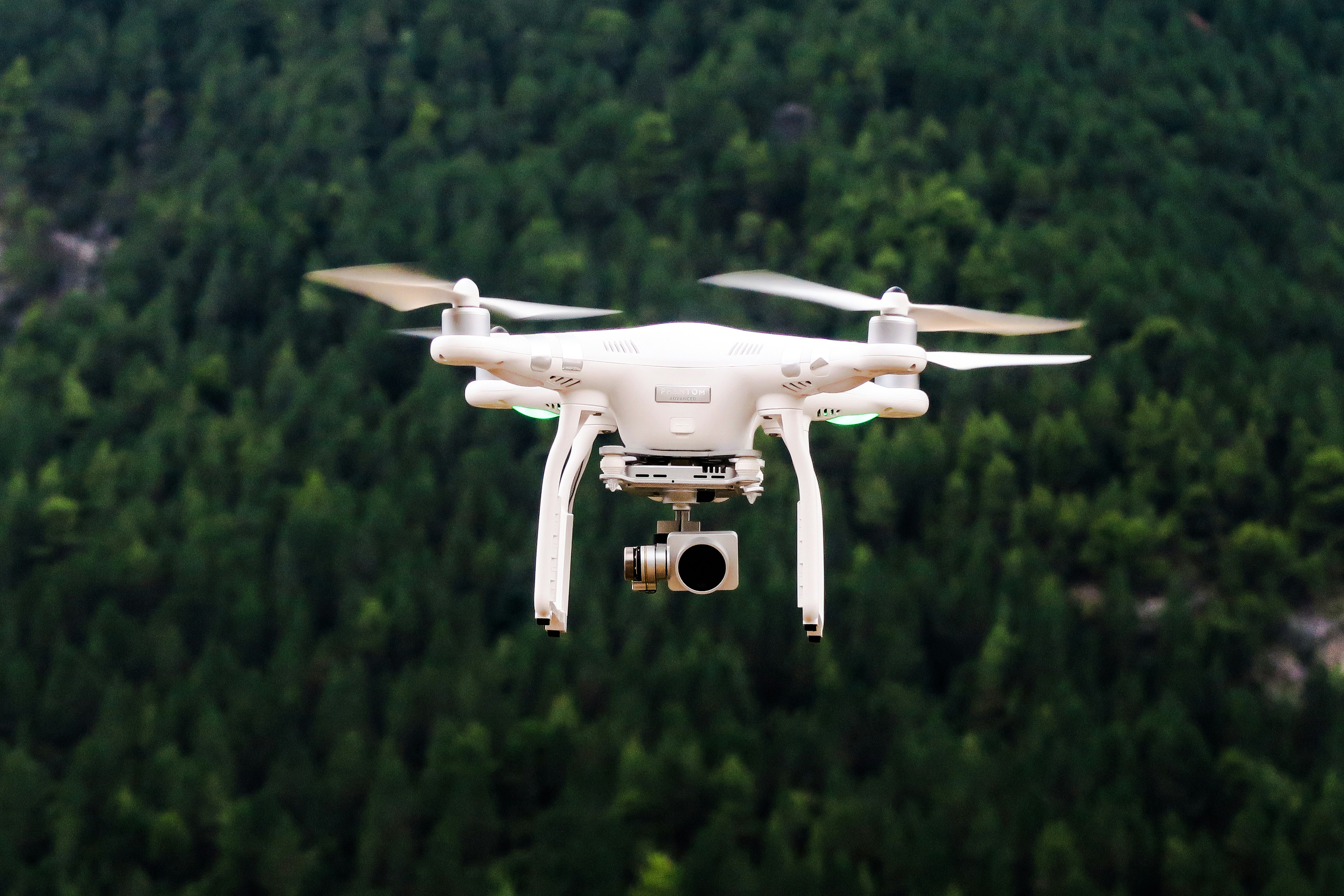The Rising Importance of Drones in Disaster Response
With each hurricane season, the urgency for rapid and accurate damage assessment becomes more critical. Traditional methods often fall short due to safety risks and the extensive time required. Enter drones – unmanned aerial vehicles (UAVs) that are revolutionizing how we respond to natural disasters, particularly hurricanes.
Why Drones Are Game-Changers in Hurricane Damage Assessment
Drones provide a unique vantage point, offering an aerial perspective that is both safe and efficient. They can quickly survey large areas, capturing high-resolution images and real-time videos. This ability to cover extensive ground in a short period makes them indispensable in the aftermath of hurricanes.
Moreover, drones can access areas that are too dangerous for humans, such as flood zones and unstable structures. This capability ensures a comprehensive damage assessment, which is crucial for effective disaster response and resource allocation.
Technological Innovations Enhancing Drone Utility
The integration of advanced technologies such as AI and machine learning with drones has significantly increased their utility. These innovations enable drones to analyze captured data autonomously, identifying damage patterns and assessing the severity of destruction. This automated analysis speeds up the decision-making process, allowing for quicker deployment of aid and resources.
For example, AI-powered drones can distinguish between different types of damage – be it structural, infrastructural, or environmental. They can also predict potential secondary hazards, such as landslides or further flooding, enhancing safety measures for response teams and the affected communities.
Real-World Applications and Success Stories
Several case studies highlight the efficacy of drones in hurricane damage assessment. During Hurricane Harvey, drones were instrumental in mapping flood-affected areas in Texas, providing invaluable data that expedited rescue and recovery operations. Similarly, in the aftermath of Hurricane Maria in Puerto Rico, drones were used to assess infrastructure damage, helping prioritize restoration efforts.
The Federal Emergency Management Agency (FEMA) has also recognized the potential of drones, incorporating them into their disaster response protocols. This official endorsement underscores the growing reliance on drones as a reliable tool for damage assessment.
Challenges and Future Prospects
Despite their advantages, the use of drones in hurricane damage assessment is not without challenges. Regulatory hurdles, such as airspace restrictions and privacy concerns, need to be addressed to fully integrate drones into disaster response frameworks. Additionally, the technology and expertise required to operate drones may not be readily available in all regions, particularly in developing countries.
However, the future looks promising. As drone technology continues to evolve, we can expect greater autonomy, longer flight times, and enhanced data processing capabilities. Collaborations between government agencies, private sectors, and non-profits like HelpNow are crucial in overcoming these challenges and maximizing the benefits of drones.
Engaging Communities and Building Resilience
At the grassroots level, involving local communities in drone operations can significantly improve disaster resilience. Training programs and workshops can equip residents with the skills needed to operate drones and conduct preliminary damage assessments. This community-based approach not only empowers individuals but also creates a more efficient and responsive disaster management system.
Organizations like HelpNow offer various emergency response training courses that can be tailored to include drone operation skills. By fostering such initiatives, we can build a network of trained individuals ready to assist in disaster scenarios, enhancing overall resilience.
Conclusion: Embracing Innovation for Better Disaster Management
Drones represent a paradigm shift in how we approach hurricane damage assessment. Their ability to quickly and safely gather critical data makes them an invaluable asset in disaster response. As we continue to refine and integrate this technology, the potential for improved recovery efforts and reduced loss of life is immense.
For more information on disaster preparedness and emergency response training, visit our blog and explore the resources available at HelpNow. Together, we can harness the power of innovation to create safer and more resilient communities.

